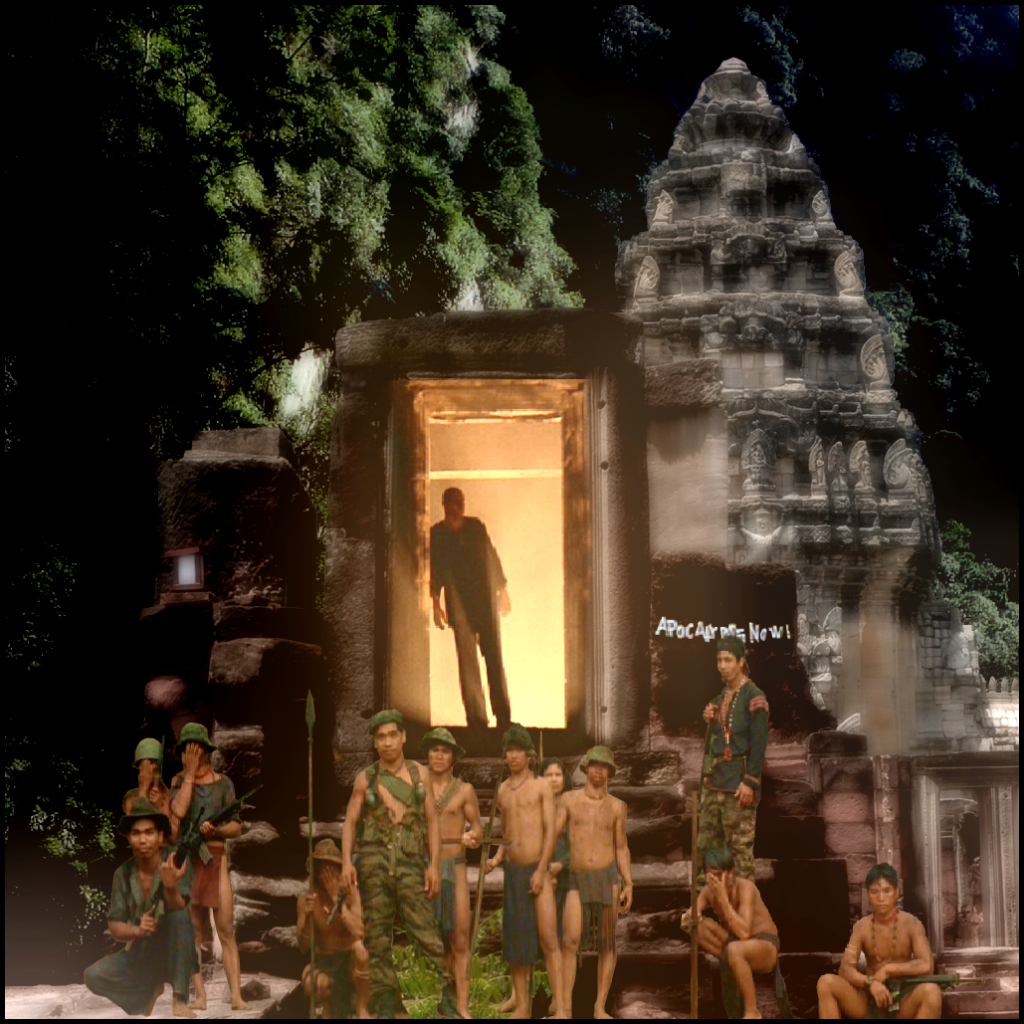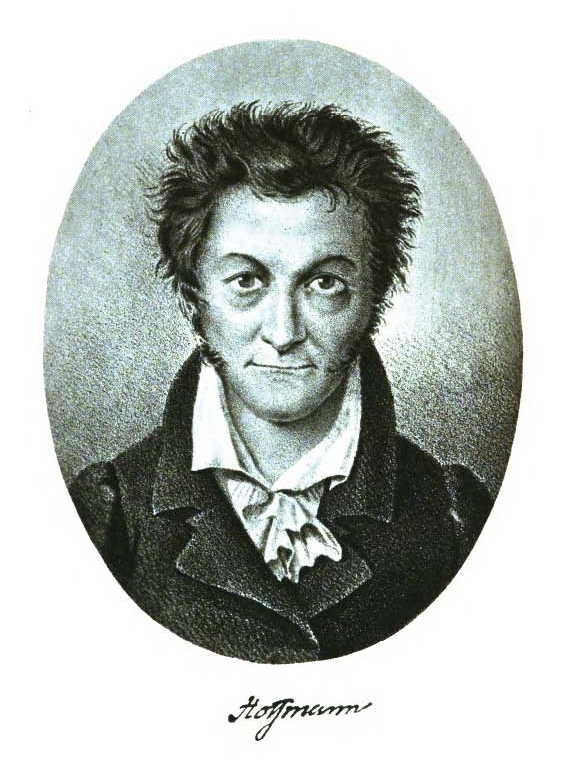In Arts One this past week we were talking about Weimar cinema:
- The Cabinet of Dr. Caligari (1920)
- Nosferatu (1922)
- Dr Mabuse, der Spieler (1922)
We had great discussions on all of them, but one thing we didn’t get to, and that still puzzles me, is Countess Told’s character in Dr. Mabuse. I don’t have clear ideas on her role in the film, which is why I’m writing a blog post–sometimes I can write my way through to some ideas (and sometimes not…but I have to try in order to find out!).
Spieler, Spielerei
According to the Wikipedia entry on the movie, “der Spieler” can refer to “gambler, puppeteer, or actor.” Clearly all three meanings fit with Mabuse’s character, who manipulates others to his will, who puts on disguises as an actor, and who also gambles–but really, he is less a gambler in the traditional sense than someone who fixes games to make them come out his way. As the Count accuses him at the end of Part II, he plays falsely (cheats); this is of course ironic because Mabuse has forced the Count to cheat against the Count’s will.
According to Mabuse, everything is “Spielerei,” which the English subtitles render as “pastime” but clearly the root is the same as “Spieler” (Part 1, 2:28:26). So perhaps everything is a game, a matter of playing or gambling, according to Mabuse (see also the Collins dictionary translation of “Spielerei”).
But Countess Told is portrayed explicitly as someone who doesn’t play.
The Countess as passive observer who needs “strong sensations”
Countess Told is introduced to us in Part I of Dr. Mabuse as the “passive lady” at Schramm’s club, because she only watches and never plays. She is simply an observer, and frequently bored with what she sees: she says to Mabuse that everything you can see from a car, a window, an opera box is “partly disgusting, partly uninteresting, always boring” (Part 1, 2:02:48). While others involve themselves in gambling and séances, while her husband involves himself in collecting expressionist art, she simply watches from the sidelines.
The Countess describes herself to Wenk as having become “sluggish,” and says “to rise to life, I require strong sensations” (Part 1, 1:02:42). She claims to need “relief from the dead atmosphere” of her house with the Count, and seeks it in “night-spots and gambling dens” (Part 1, 1:17:02). But while others who play, who are directly involved in gambling, might get some degree of strong sensations from it (a sense of risk, a desire for wealth), it’s not clear how watching others could provide her with the “strong sensations” she craves. She tells Wenk that she needs “life, the strong breath of the unusual–sensations–adventures–but [she is] afraid they are extinct” (Part 1, 1:17:35).
She does seem to find something of what she seeks when she agrees to go to the jail to try to get information out of Carozza. When she discovers the depth of Carozza’s love for Mabuse, she writes to Wenk that she thought she would find “the paid tout of a notorious criminal,” but instead found “a woman full of love, before whose simple and unconditional feelings [she is] not suitable to be [Wenk’s] ally” (Part 1, 2:25:45). Later she tells Mabuse, “I have encountered something which until recently I did not believe existed–something of greater value and more deeply stirring than even the strongest sensation,” namely love (Part 1, 2:31:29). To me, this suggests that while she used to seek surface sensations, she was struck even more strongly by a deeper, somehow more real and authentic feeling than what she can get by watching others in their “night-spots and gambling-dens.” It’s clearly something she doesn’t experience with her husband, and the only other portrayal of a romantic relationship in the movie is clearly a false, surface one: Carozza and Hull. I think we are supposed to take it that Carozza really loves Mabuse, that she hasn’t just been influenced by him to love him (or he would have stopped her later, since by the time during which the narrative takes place he is clearly tired of her). This sort of deep feeling seems missing in the lives of the rest of the characters in the film, who spend their lives seeking spectacle, stuffing themselves with food and drink (the scene introducing Schramm’s has a lovely montage of food and drink, with a great image of a man sitting by himself at a table, stuffing himself greedily: Part 1, 56:00).
Mabuse lives off of the more superficial desires of people in the city: he gets rich through their greed (the stock market, gambling). He himself succumbs to those superficial desires–he himself is clearly greedy for money, he is shown frequently drinking, and though we don’t know exactly when he cast off Carozza, it could have been when she started to actually fall in love with him. He tells the Countess: “There is no love–there is only desire!” (Part 1, 2:31). And when, during the séance scene in Part 1 the Countess tells Mabuse that nothing can keep her interest for long, he says only one thing can do so: “playing with people and their destinies” (2:03:36). But she doesn’t play.
Perhaps the Countess can’t be drawn in by Mabuse because she doesn’t indulge in the more superficial pleasures he draws people in with, and she doesn’t engage in playing with them and their destinies–as noted above, she doesn’t play, she only watches. She is one of the few in the film who who resists him. Wenk resists him during his card game with Mabuse in the disguise of the old man, but later falls prey to him during the Weltmann show in Part 2. The Countess is influenced to invite him over to a party in Part 1, which we know because later she says to her husband that she’s not sure why she invited him, nor why she wants to withdraw the invitation. But in Part 2 the Countess doesn’t fall under his influence, resisting him the whole time she is captivity. It’s possible that Mabuse doesn’t try to influence her through his psychological means, because he asks her if she will come with him of her own free will or if he’ll have to force her, so perhaps he wants her to join him by choice.
Conclusions?
I’m not sure I’ve come to much in the way of a reading of the Countess’ character in the film. I have ventured some thoughts, but I have not been able to put it all together into a coherent interpretation of her role. But sometimes that happens, and I do think I’ve gotten a bit further in my own interpretation of her character than I was when I began!









